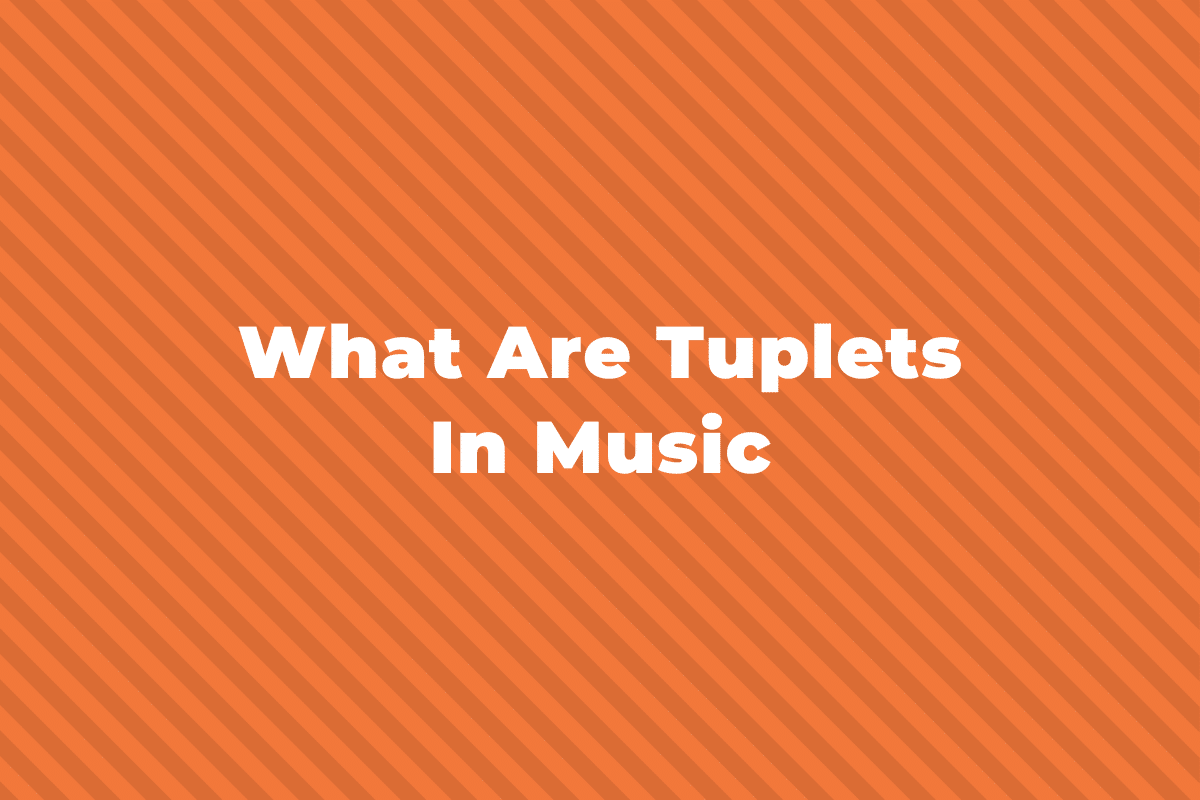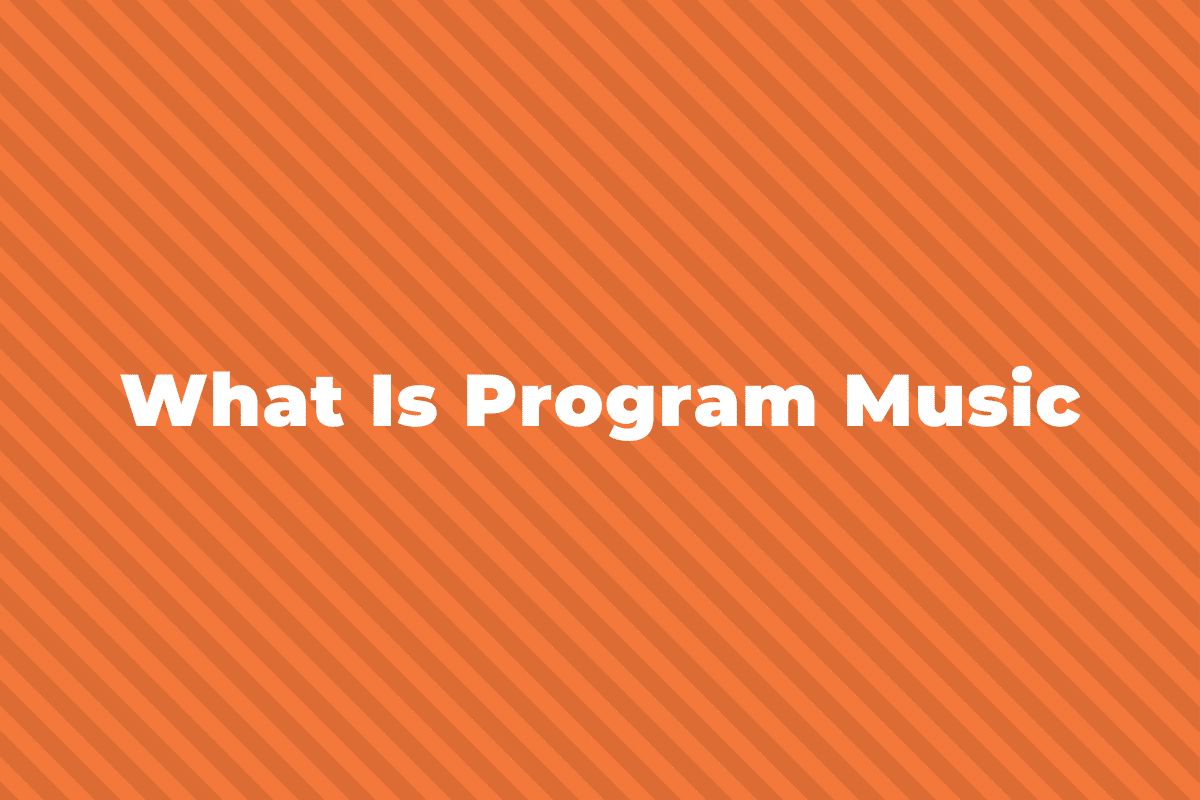Knowing all the different parts of a musical note is one of the most fundamental parts of learning to read music. And if you’re struggling to understand the different parts of a musical note, you’re not alone. Many people have trouble deciphering the terminology used to describe these parts. But don’t worry, we’re here to help.
In this guide, we’ll go over the four different parts of a note and break down each term in a way that is easy to understand so you can feel confident in your knowledge of music notation. So, let’s get started!
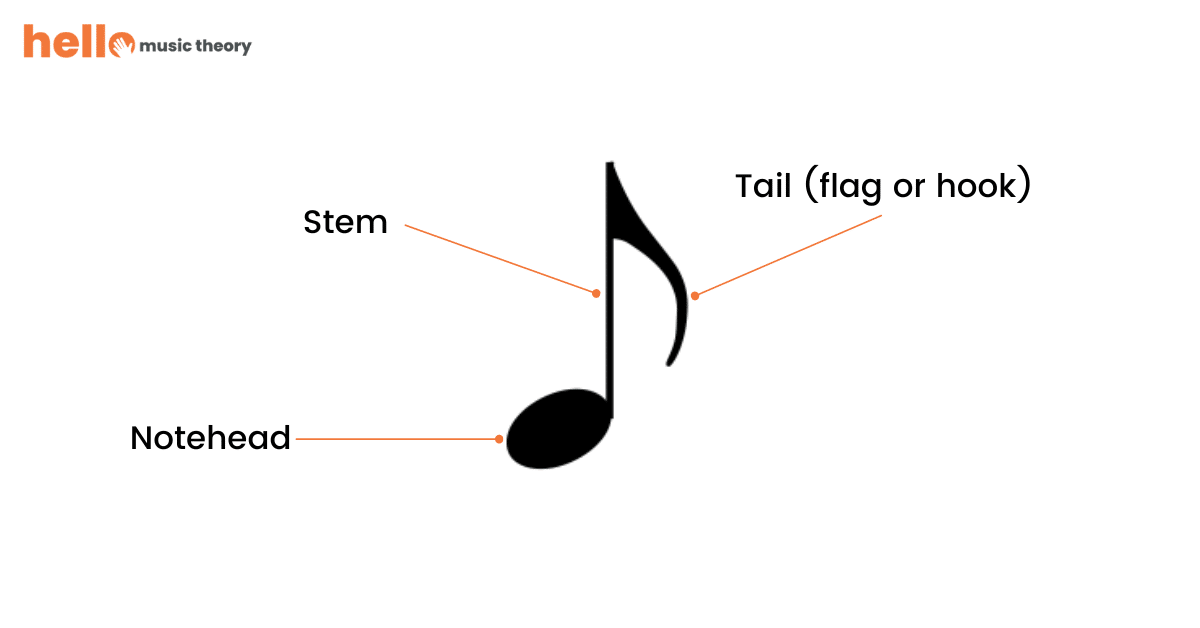
Notehead
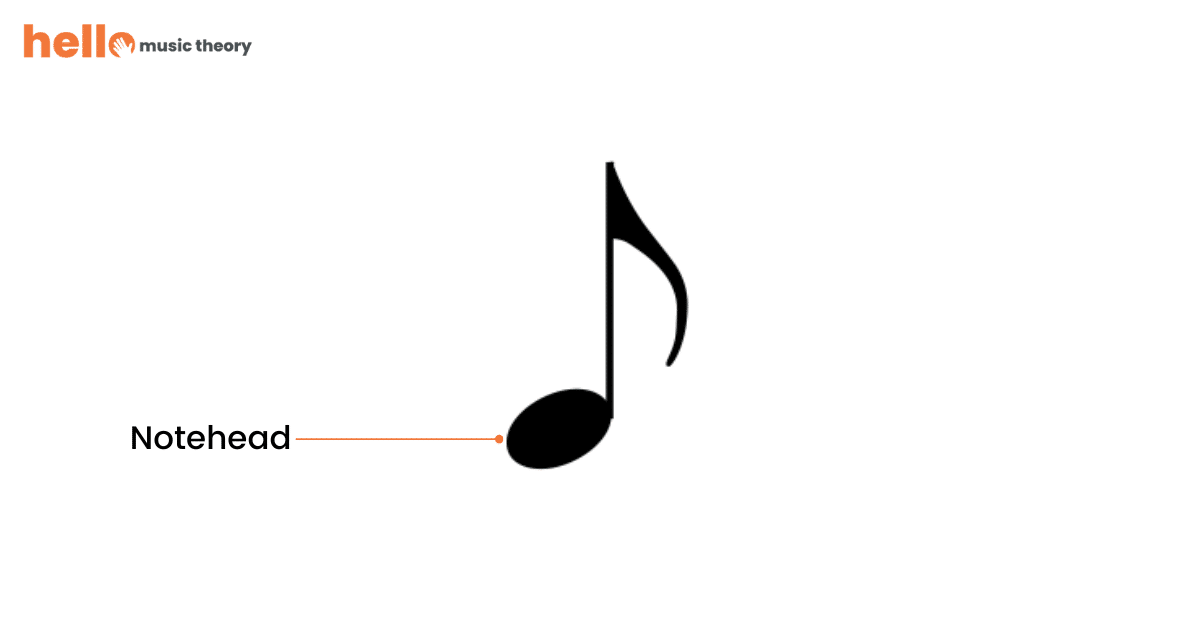
Up first, we have the notehead. This is the oval-shaped part of a music note that all notes have.
It can either be white in the case of whole and half notes or filled-in black, as in the case of quarter notes, eighth notes, and sixteenth notes.
The notehead is important as it’s the part of the note that sits on either the lines or the spaces of a music staff. This tells us the note’s pitch, an essential part of reading music.
Stem
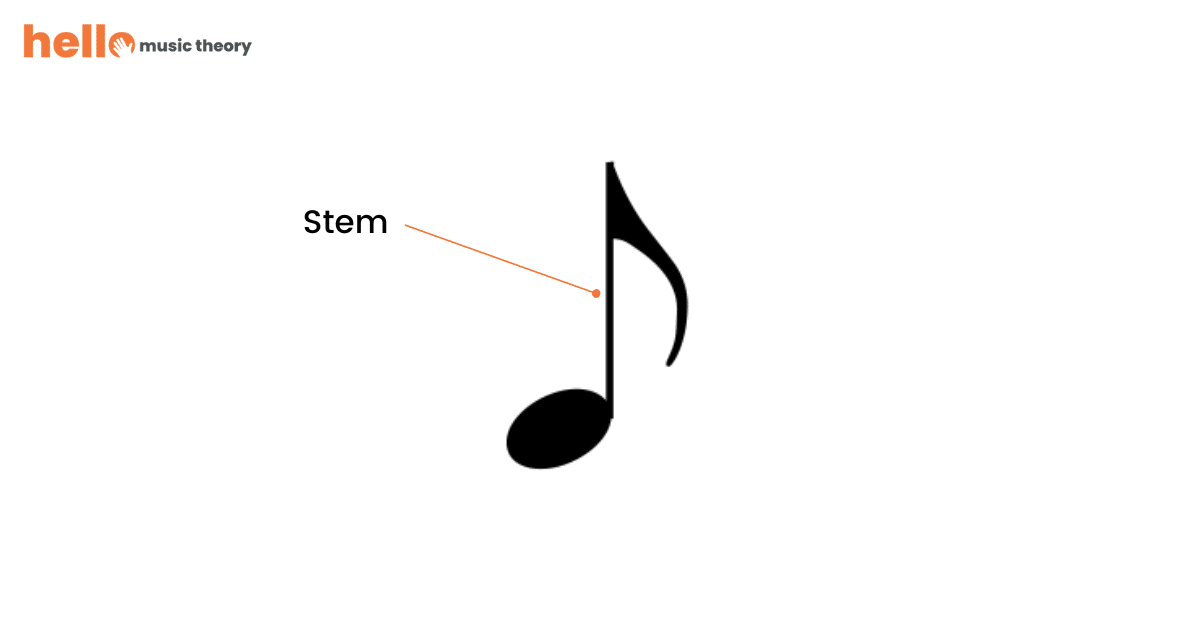
Next, we have the note’s stem. This is the straight line that comes out of the side of the notehead.
While the notehead determines the pitch of the note, the stem helps identify the duration of the note. For example, whole notes and double whole notes don’t have stems, but half notes, quarter notes, eighth notes, and sixteenth notes all do.
One important thing to know about the stem is that it can point either up or down. When it points up, the stem comes out of the right-hand side of the notehead. But when it points down, it comes out of the left-hand side of the notehead.
But which one is correct depends on the position of the note on the staff. If the notehead is located below the middle line of the staff, the stem points upwards. If the notehead is above the middle line of the staff, the stem points downwards. And, if the note is on the middle line, then you can choose whether it goes up or down.
Tail, Flag, or Hook

The next part of a note goes by a few different names. The note’s tail, which is also known as a flag or a hook, is the flick that comes out of the side of the note’s stem.
The notes that have tails are:
- Eighth notes
- Sixteenth notes
- Thirty-second notes
- Sixty-fourth notes
However, the number of tails that a note has depends on the value of the note. For example, eighth notes have one tail, sixteenth notes have two, thirty-second notes have three, and sixty-fourth notes have four.
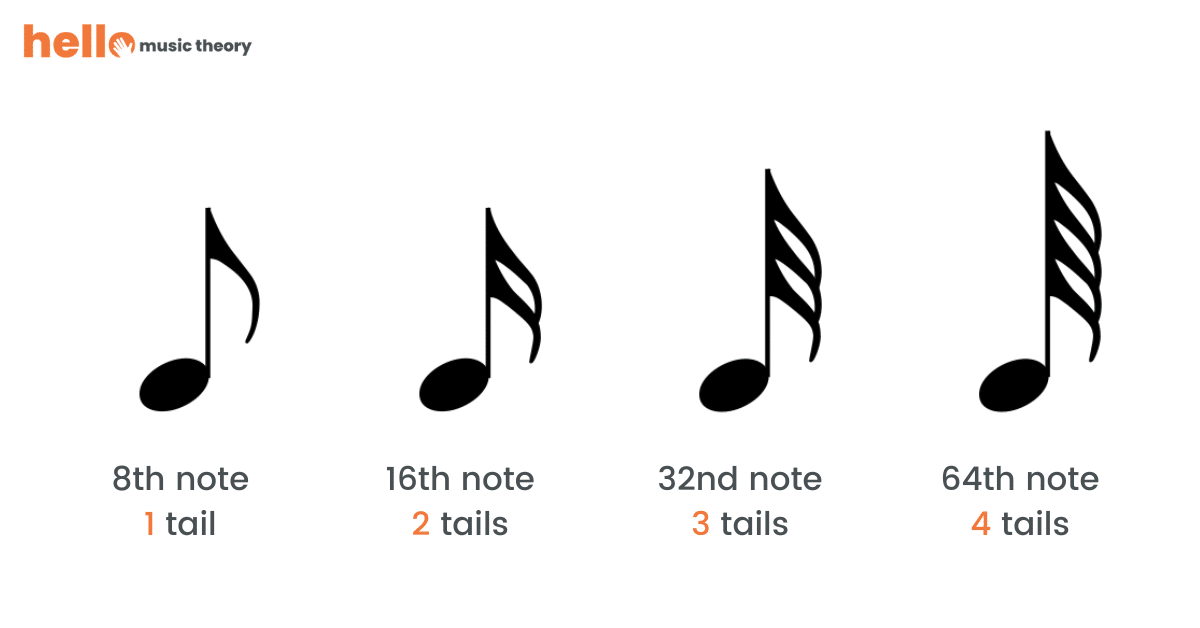
Another important thing to know about note tails is that they always come out of the right-hand side of the note’s stem. It doesn’t matter if the stem is pointing up or down.
Beams
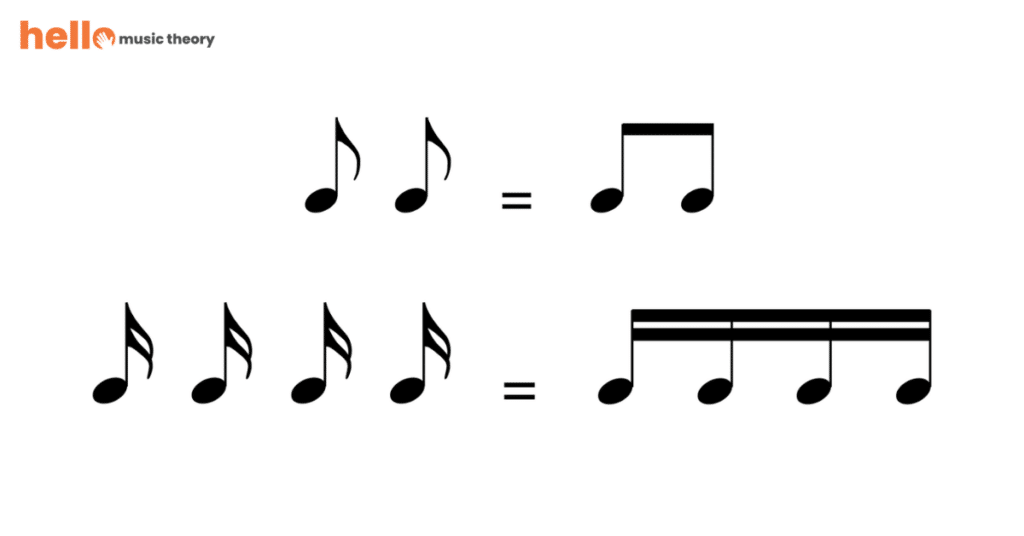
And finally, the last part of a note is the beam.
When reading music, you will notice that notes with tails are often grouped together by beams between the ends of their stems rather than individual notes with tails. This makes it easier to read and count the notes.
Notes are usually beamed together in groups of even numbers, such as 2, 4, 6, or 8 notes. But you’ll see them grouped in threes sometimes, too (which are probably a triplet).
The number of beams that a note has corresponds to the number of tails that the note has. For example, eighth notes have one beam, sixteenth notes have two, 32nd notes have three, and 64th notes have four.
Summing Up
That’s it for this guide to the four different parts of a musical note. I hope it has helped you make sense of it a bit more.
Understanding the different parts of a music note is essential for reading and writing music. By knowing what each part represents, you can easily identify the duration and pitch of each note. Additionally, knowing how to properly write music notes will ensure that your music is easy to read and play for others.

